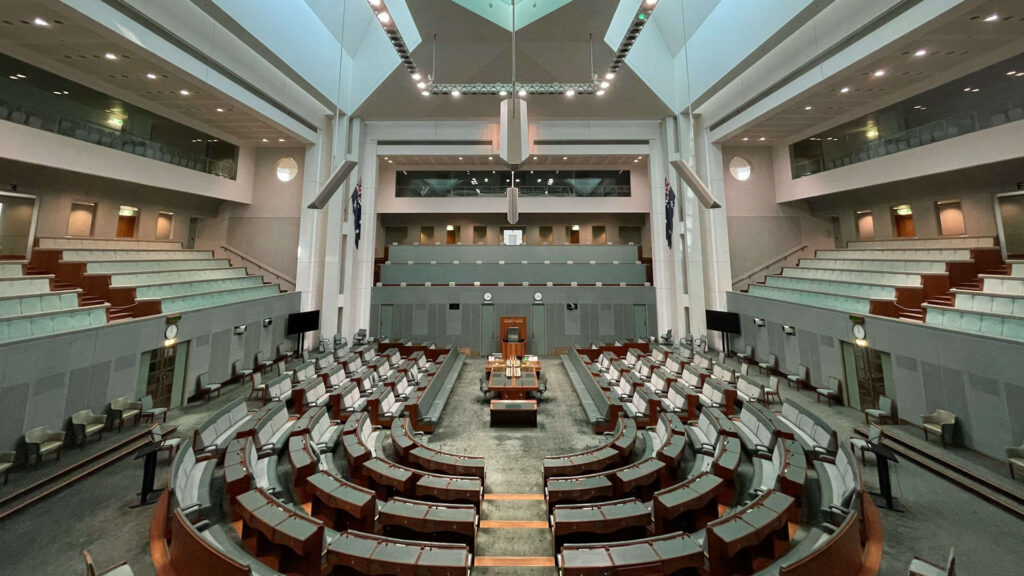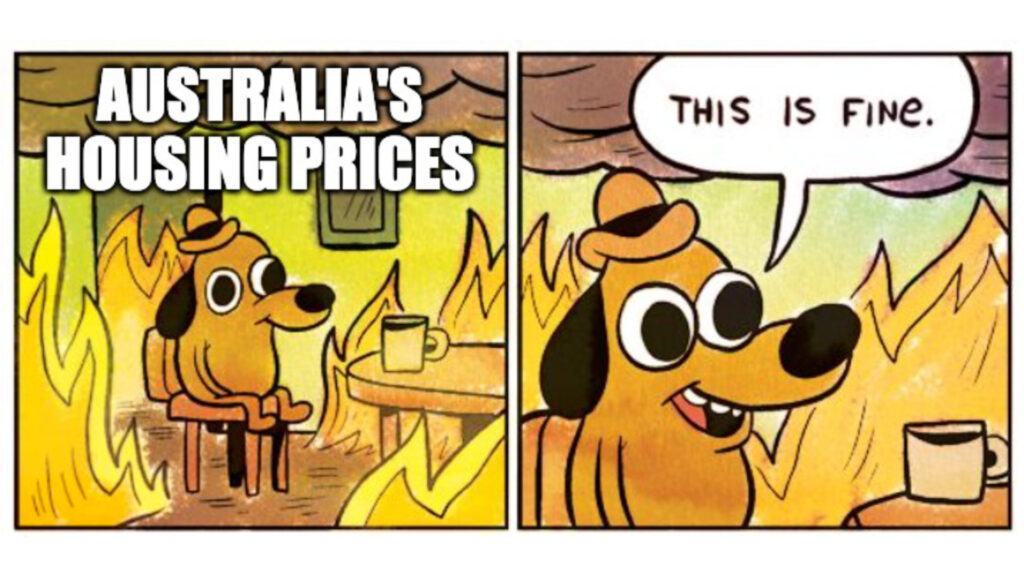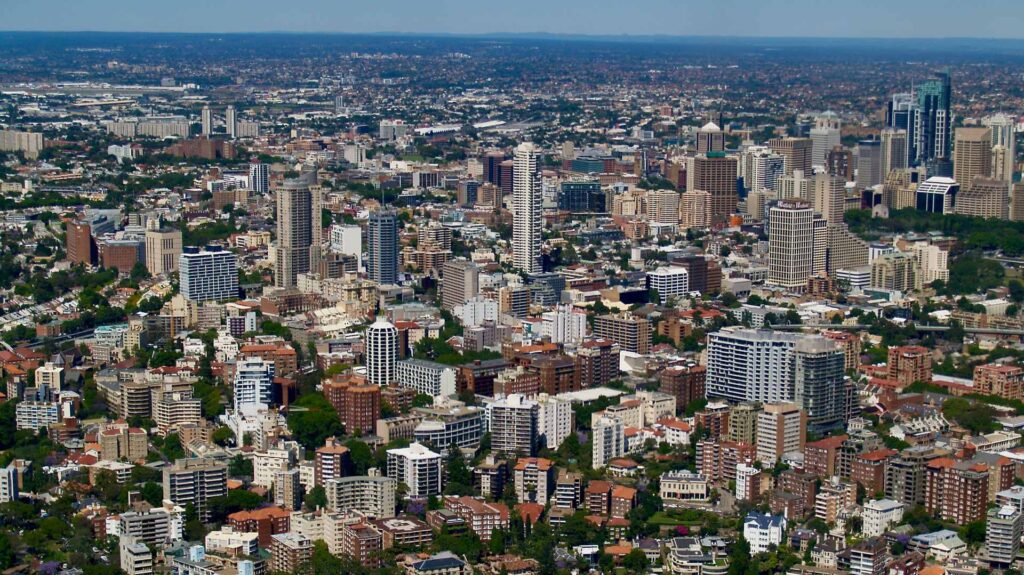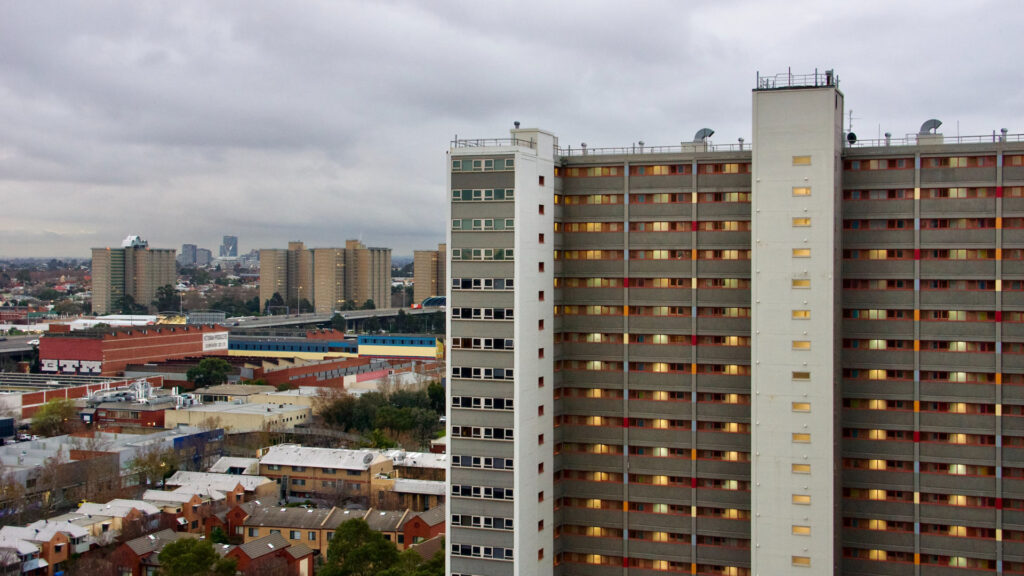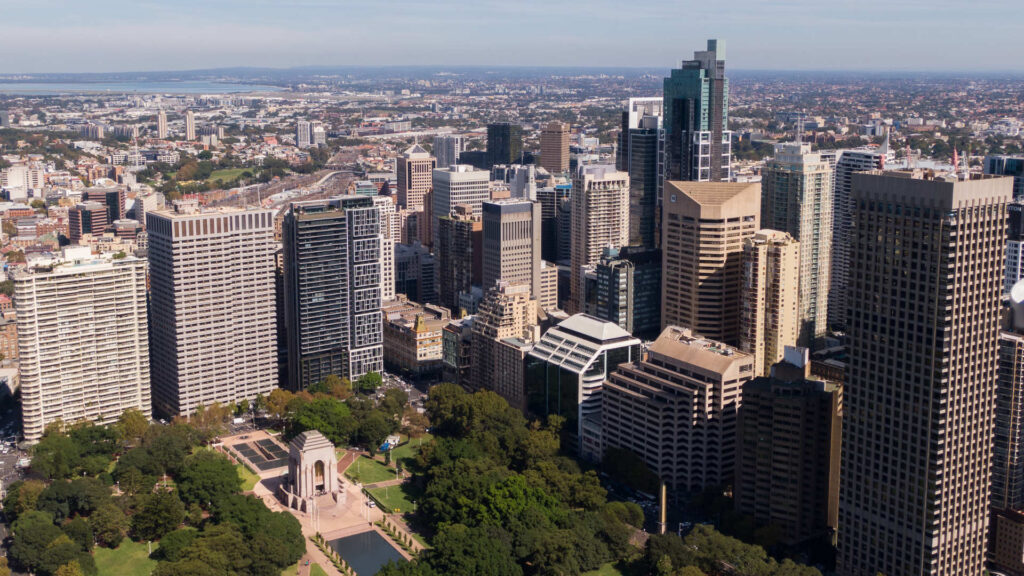Australia’s housing crisis has become a fierce political battle that could have major implications for the next federal election
A fierce battle over housing is set to intensify and define the next federal election as Labor, the Coalition and the Greens target a growing cohort of voters who believe they’ve been locked out of home ownership for life.
The great Australian dream of owning your own home has been fading for a long time — there’s nothing new about this. But the crisis is now baked in — and it has arguably become the big generational disrupter, changing votes and threatening to hurt the government at the next poll.
Read the original article at abc.com.au
